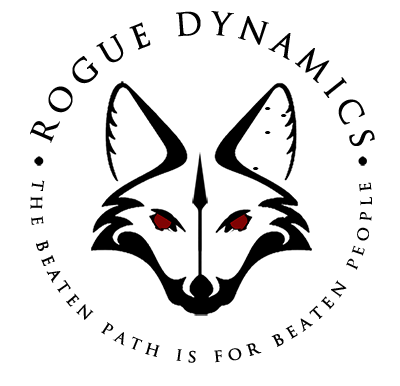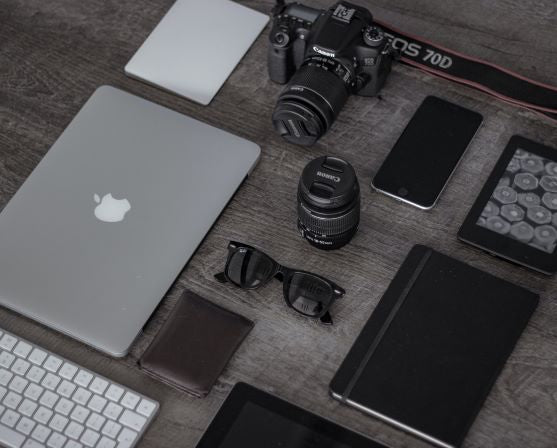
PRIMARY WEAPON SYSTEMS: MUZZLE DEVICES
So I’ve been building ARs from parts for around 12 years now. A mere blip in the timeline for some builders and a lifetime of experience for others. More often than not the debates over parts are centered on a particular configuration/maker for the barrel or the trigger, occasionally the receivers, but that’s about it. So when I got a hold of a few Primary Weapons Systems (PWS) muzzle devices and was told to “try them out” I didn’t fully understand the task that was laid out before me. What’s the big deal with a muzzle device, right? It’s either a muzzle break or a flash suppressor, and at most it has a QD system for a can, right? Well… not exactly.
When I built my first Primary Weapons Systems rifle I remained a purist and put the old-school PWS birdcage flash suppressor on the barrel (since it was PWS parts front to back anyway) and was pleased with the performance. While it wasn’t anything special or unique, it dissipated the flash well and helped me run the platform with precision and speed. But after meeting up with the folks at PWS at NRA 2016 I got a chance to play with a couple different muzzle device options. I got a 5.56 Triad, 5.56 CQB, and a 5.56 MOD 2 FSC. Now, the Triad is similar to the old 3-prong flash suppressors from the M16A1s but with a slight twist. While the Triad doesn’t stand-out as something new and innovative, it does an excellent job of dispersing the flash in both day and low-light conditions, and it is just the basic, “introductory level,” muzzle device in their line-up.
The innovation roles out when the CQB is introduced. At first glance it looks like some gimmicky, wannabe-sound suppressor, but just a few rounds later and it’s clear that this is something else. The CQB was specifically designed for SBR s that would be running in close quarters, with rounds going off inches from friendly forces. The CQB is designed to push the muzzle blast directly forward rather than off to the sides of the rifle where it could be in the face of friendly elements, while also helping to mitigate muzzle rise in the short barreled platform. The CQB is one of the few systems I have ever run where I can run barricade drills without worrying about the muzzle blast tearing up the plywood, or shoot in stacks and not have powder residue all over the gear of the guys standing next to me. While little is done for the felt recoil of the platform, muzzle rise is mitigated to almost zero, and let’s face it (unless you are a whiny reporter with an agenda) the 5.56 platform doesn’t pack enough punch to need recoil reduction. Although it may look like a bulky chunk of steel on the end of your barrel, it’s actually been lightened up to the point that it didn’t throw off the balance of my rifle at all when I switched it out.
The final device I got to test out for PWS was the MOD2 FSC, or Flash Suppressing Compensator. This thing is a whole new beast! The FSC may look familiar if you’ve spent any time looking down the barrel of an FN Scar 16, because this is the factory muzzle device that FN chose to go with. The FSC kicks the gas out to the sides and somewhat to the rear of the device, reducing recoil and stabilizing the weapon. The flash is reduced by the mini-birdcage on the end of the device, making this for an interesting little “all-in-one” package. I put this device on my PDW to replace the Lantac Dragon that I had on it, and even with the 7.5” barrel on a sub 5 lb platform...
(check out the write-up here: http://www.roguedynamics.com/blog/2016/4/28/so-you-wanna-build-an-sbr)
...the “loud, snappy, rigid” characteristics that usually accompany the PDW platforms was gone. I’m not talking about leveled out, I’m not saying it was reduced. GONE. My 18” barrel on my DMR rifle has the same snap and sound that my PDW does now. But there’s one thing it doesn’t have, and that’s that the MOD2 FSC comes from the factory ready for the Gemtech HALO to mount onto it. That’s right, it’s a compensator, it’s a flash suppressor, and it’s ready for a Gemtech to be twisted on and make everything even better! And if you are in a more competitive, less tactical environment, you can always opt for the TTO. It has many of the same features, but is shorter as it doesn’t have a flash suppressor on the end.
The folks at PWS have opened my eyes to the world of muzzle devices and the intricacies and design differences that are out there unlike anything I had played with before. This is an area that I have failed to pay proper attention to before ( as I’m finding out now) and will absolutely pay heed to from here on out. I’ve run dozens of different devices from Gemtech, Lantac, Surefire, Strike Industries, and the list goes on… While I’m not saying I have found my “be-all-end-all” for the end of my pew-sticks, I’ve found a LONG layover between now and my next build.




